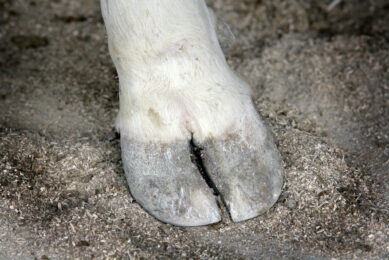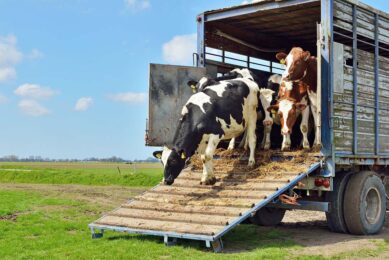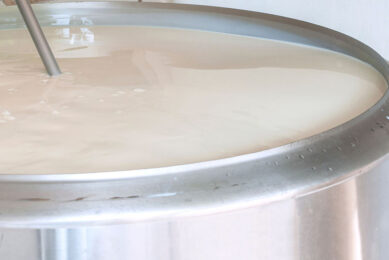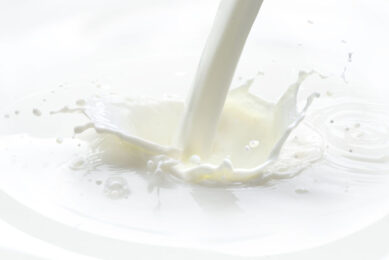Tackling biosecurity from a management perspective
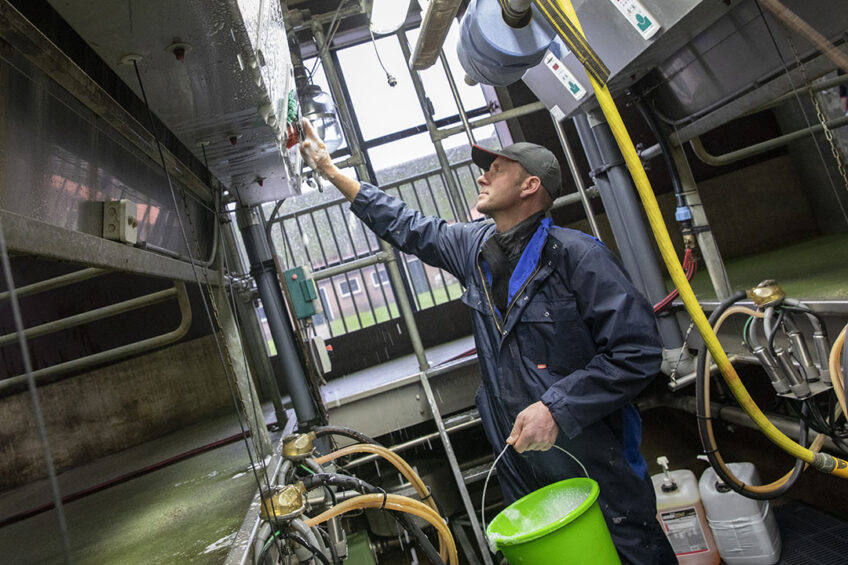
Biosecurity and hygiene are critical considerations on dairy farms throughout the world. Repercussions of incoming diseases range from minimal inconveniences requiring antibiotic treatments to the decimation of an entire herd.
Amanda Stone, assistant professor and extension dairy specialist at Mississippi State University, believes the most likely factor in these extreme outcomes stems from animals moving from one location to another.
“Of course, in a worst-case scenario, it’s extremely serious when something contagious or deadly enters a farm,” she says. “But we need to understand, there’s a wide range of results, mostly dependent on what the pathogen or disease is. At times, effects are minor with a few sick animals. In rare cases, serious consequences occur.”
A common example of a transferred infection in dairy cattle is hairy heel warts, or digital dermatitis. This infectious pathogen lives in the ground and causes lameness and other hoof problems. While producers should guard against it, the disease is exceptionally contagious and prevalent on many US dairies.
Respiratory diseases are also easily transmittable and feature several distinct pathogens. As with human respiratory conditions, most are contagious and spread rapidly from animal to animal depending on housing situations. Disorders such as bovine spongiform encephalopathy (BSE or mad cow disease), foot and mouth disease and bovine tuberculosis are more serious, affecting not only a single operation but large areas and regions.
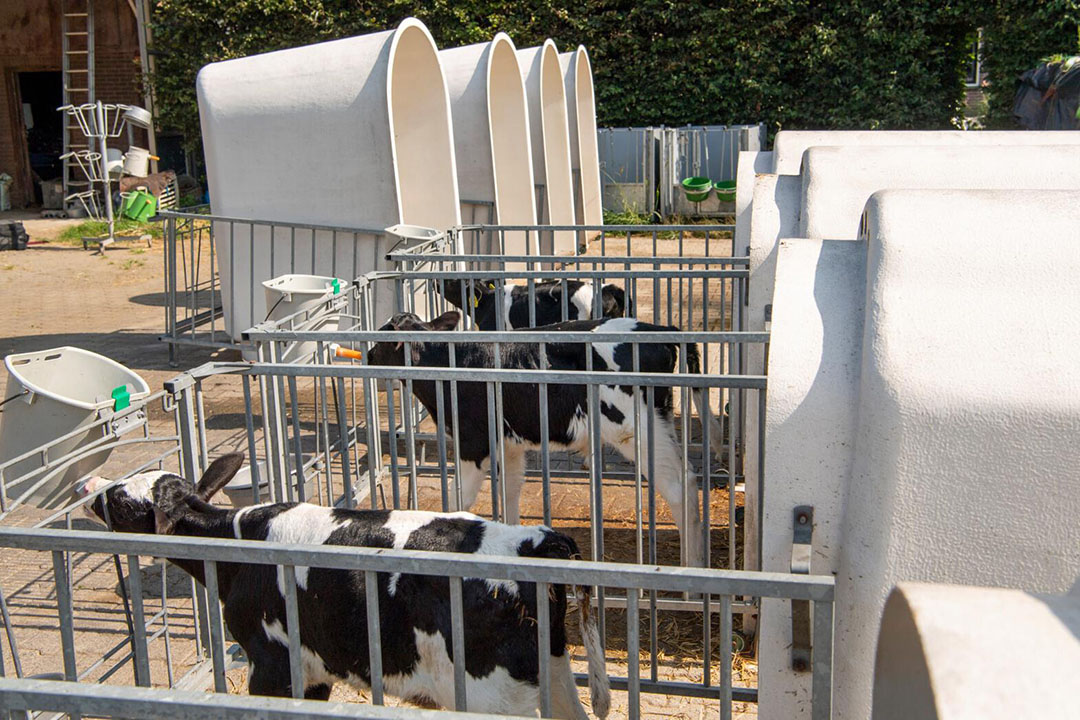
Quarantine and animal contact
Stone emphasises that farms should have an effective isolation and quarantine protocol in place to counteract these transmissions. She suggests that a separation period of at least 21 days provides enough time for incubation and signs of disease to appear and allows an opportunity for treatment options to be pursued.
“Even more important, talk to your veterinarian about any concerns or issues,” she states. “For certain illnesses and conditions, I’d recommend an even longer quarantine period, but not every operation is able to accommodate this duration, so work with your vet on a plan.”
Stone cautions producers to monitor not only incoming animals but also those moving from one area of the farm to another, as new environments mean new pathogens.
“There’s potential to initiate issues from the ground. Additionally, if we’re separating individuals to a new pen adjacent to other cattle, for example moving heifers from one side of the yard site to the other, they’re going to be exposed to not only changing environmental conditions but different animals.”
Minimising stress and vet input
Stress of any kind will increase the risk of sickness. What cattle might easily fight off on a normal healthy day may overwhelm them when interacting with new herd mates, experiencing feed changes or even as they approach calving.
“Minimising stress is extremely critical, not only for disease prevention but also for production and welfare,” Stone adds. “It plays a major role in illness, especially in seasonal events or pre and post-calving. We can’t stop that type of stress as we want them to calve, but we can control their environment as much as possible so one stressful event isn’t compounding others.”
Jennifer Bentley, extension and outreach dairy field specialist at Iowa State University, agrees that stress in all its variations must be controlled and limited, but when animals move in and out of various facilities, testing and quarantining options depend heavily on the type of cattle.
“If we’re purchasing milk cows, older animals from a different farm or springing heifers that haven’t calved, isolating them for a few weeks to monitor their health, watching for disease signs before exposing them to the rest of the herd is good practice,” she says.
She explains that certain diseases can be tested for ahead of transport and suggests working with the seller and a veterinarian to follow guidelines and complete vaccinations weeks before animals are moved. This helps ensure their exposure level coordinates with what’s present at the receiving dairy.
“It’s always wise to consistently touch base with your vet in an effort to keep cattle healthy,” she says. “If they’re vaccinated against specific infections, they’ll build an immune response to handle an exposure, versus an unprotected animal.”
Proactive management controls
Bentley outlines that other proactive methods should focus on outsiders such as nutritionists, veterinarians and feed delivery equipment. She recommends boot wash stations to disinfect footwear and disposable boots for outsiders, especially those stopping at numerous locations.
“The same applies to farmworkers moving from the milking area to calf-handling pens. Even a change of clothes should be considered anytime we go from older to younger animals. Having one set of coveralls for the milking parlour and one for other areas is an easy way to help control spread.”
She also suggests placing attention and effort on deadstock disposal practices, as often this area is an afterthought.
“Setting up a composting area or location where deadstock is placed until pick-up is crucial,” says Bentley. “Make sure to prevent any runoff or leakage from decomposing animals to help reduce exposure potential and transmission.”
Bentley adds that manure handling is also relevant to biosecurity. Alleyways, housing structures and travel paths should always be kept clean and tidy. Maternity pens are especially significant as newborns shouldn’t have to face dirty conditions while accessing their initial colostrum feeding.
One aspect that shouldn’t be ignored is pest and bird droppings in feed and water supplies causing the spread of sickness. She advises producers using open-sided barns to consider installing netting to keep birds out of structures and offers the US Department of Agriculture as an excellent resource for addressing this issue.
“It’s vital to keep water and feed sources as clean as possible. If they contain animal droppings or manure, diseases can quickly be transmitted. We want to make sure it’s routine practice to ensure water and feed supplies are protected.”
Farm-specific
Bentley notes that the main focus should be how biosecurity is viewed in relation to a farm’s specific situation. She urges each operation to access and provide employee training on diseases and their transmission capabilities.
Stone agrees and adds that more and more is learned about biosecurity and disease transmission every day. She envisions that advancements in technology will play a large role in how biosecurity is handled in the future.
“We can’t put our cows in a bubble so they won’t catch anything harmful,” she states. “They’ll always be exposed to all types of challenges. It’s important to maintain good management practices when working and moving animals. Even when we’re making changes to the pens and buildings or adding structures. Disturbing the ground cattle encounter can be an instigator. There are many normal events we tend to overlook until challenges appear and damaging situations occur.”



